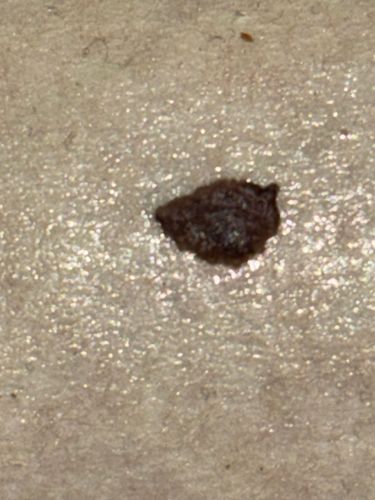Bed Bug
Scientific Name: Cimex lectularius
Order & Family: Hemiptera, Cimicidae
Size: Adult bed bugs are typically 4-5 mm (0.16-0.20 inches) long, similar in size to an apple seed. Nymphs (immature bed bugs) are smaller.

Natural Habitat
Bed bugs are found in temperate and tropical regions worldwide. They common infest homes, hotels, dormitories, and other places where humans sleep. They hide in mattresses, bed frames, furniture, cracks in walls, and behind wallpaper.
Diet & Feeding
Bed bugs are hematophagous, meaning they feed exclusively on blood. They prefer human blood but will feed on other warm-blooded animals if humans are not available.
Behavior Patterns
Bed bugs are primarily nocturnal, feeding on humans or animals while they sleep. They are very adept at hiding in cracks and crevices, making them difficult to detect. Females lay 1-5 eggs per day, which hatch in 6-17 days. Nymphs mature in about 21 days.
Risks & Benefits
Risks: Bed bugs do not transmit diseases, but their bites can cause itchy red welts, leading to discomfort, skin infections from scratching, and in some cases, allergic reactions. Infestations can cause significant psychological distress and financial burden for eradication. Benefits: There are no known benefits of bed bugs.
Identified on: 8/29/2025